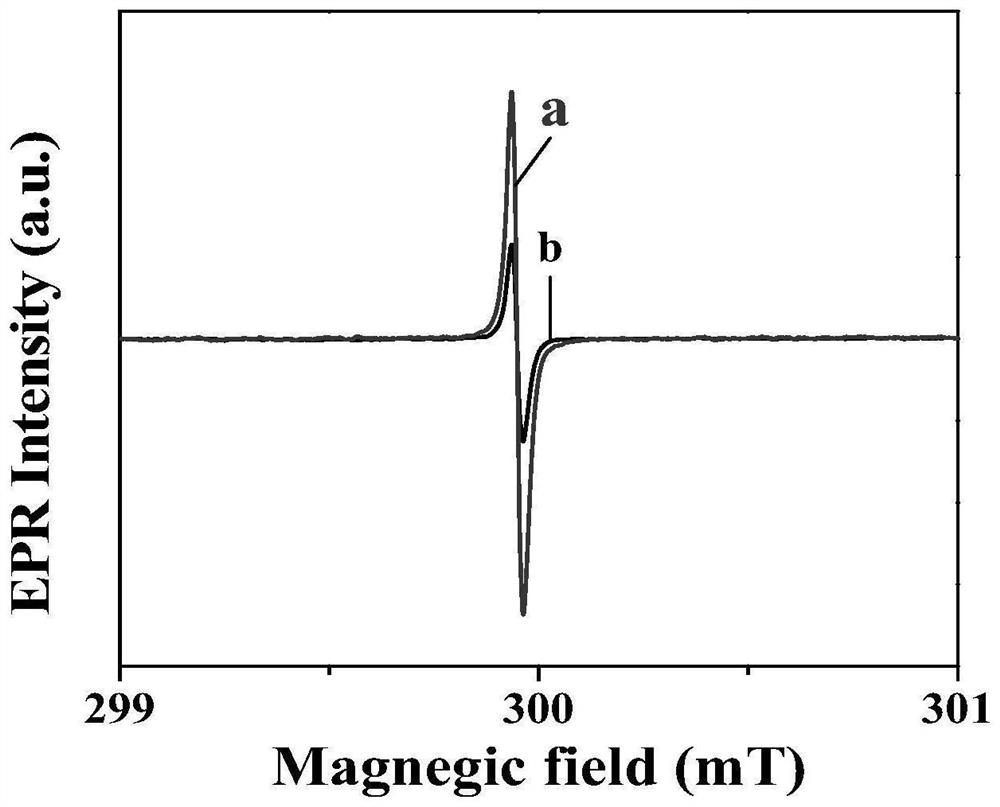Self-energized photovoltage aptamer sensor based on sulfur vacancy and preparation method and application of self-energized photovoltage aptamer sensor
A technology of voltage adaptation and self-supply, applied in photovoltaic power generation, instruments, scientific instruments, etc., can solve the problems of high professionalism in instrument operation, difficulty in large-scale on-site detection, complex and time-consuming processing, etc., and achieve good reproducibility , convenient quantitative detection, wide linear range effect
- Summary
- Abstract
- Description
- Claims
- Application Information
AI Technical Summary
Problems solved by technology
Method used
Image
Examples
Embodiment
[0033] (1), Bi 2 S 3-X / Ti 3 C 2 Preparation of:
[0034] Under stirring conditions, 538 mg of bismuth nitrate was dissolved in 50 mL of dilute nitric acid (0.5 M), and then the solution was slowly poured into 30 mL of titanium carbide dispersion (0.5 mg / mL), and sonicated uniformly. At the same time, 398.7 mg of sodium sulfide was dissolved in 50 mL of water, fully dissolved, and slowly added to the above ultrasonically homogeneous solution. The resulting brown-black precipitate was washed several times with water, and the Bi was obtained by freeze-drying. 2 S 3-X / Ti 3 C 2 Nanocomposites, as photoanodes;
[0035] (2), the preparation of CuO:
[0036] Dissolve 670 mg of cupric chloride in 20 mL of deionized water, then adjust the pH to above 10 with 0.1 M sodium hydroxide solution with constant stirring. The mixed solution was transferred to a Teflon-lined stainless steel reactor for hydrothermal reaction at 150 degrees Celsius for 12 hours. After natural cooling, ...
PUM
 Login to View More
Login to View More Abstract
Description
Claims
Application Information
 Login to View More
Login to View More - R&D
- Intellectual Property
- Life Sciences
- Materials
- Tech Scout
- Unparalleled Data Quality
- Higher Quality Content
- 60% Fewer Hallucinations
Browse by: Latest US Patents, China's latest patents, Technical Efficacy Thesaurus, Application Domain, Technology Topic, Popular Technical Reports.
© 2025 PatSnap. All rights reserved.Legal|Privacy policy|Modern Slavery Act Transparency Statement|Sitemap|About US| Contact US: help@patsnap.com



